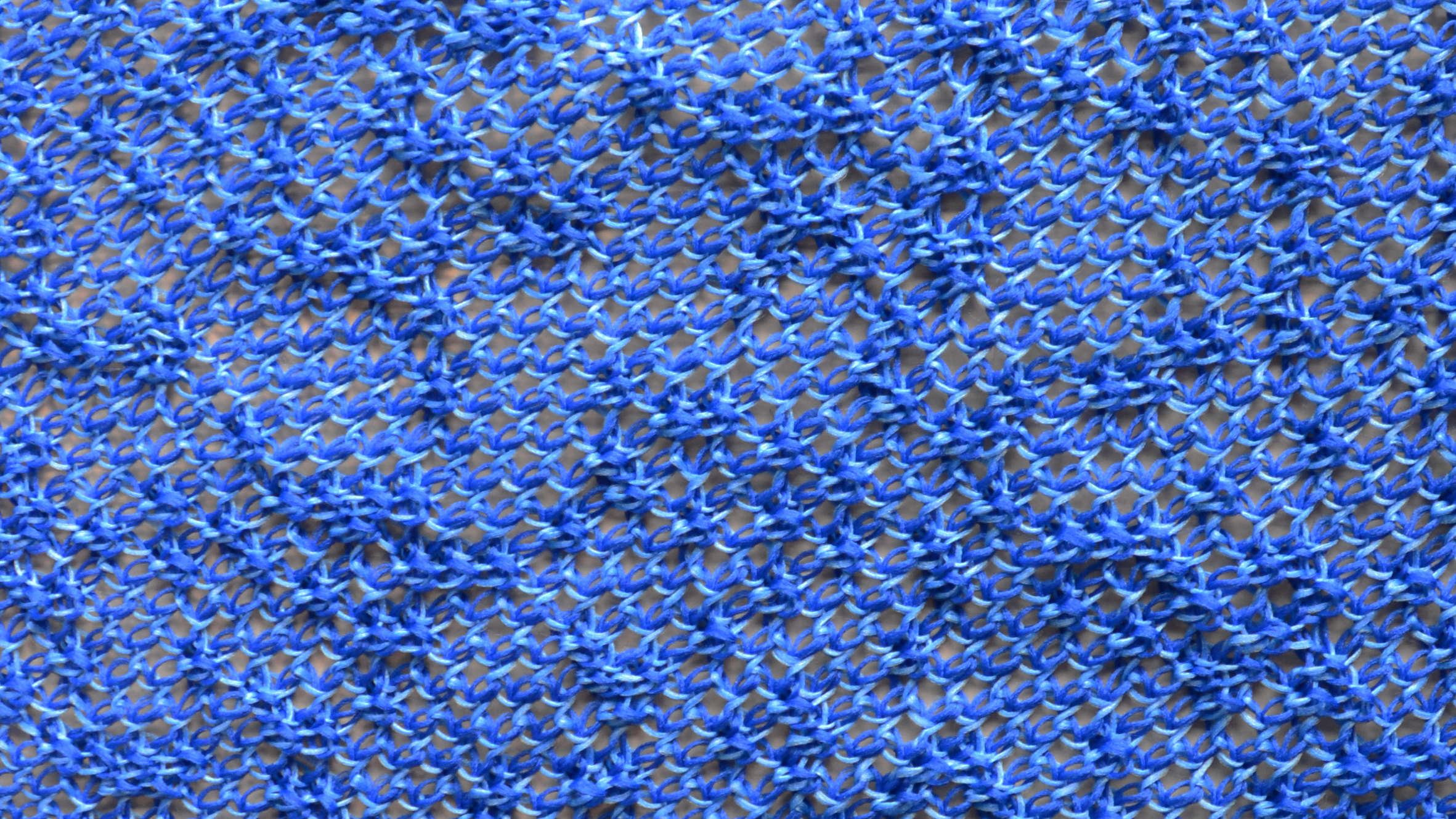Tailored Tension

Research description
Fabric tensile structures have been increasingly popular in architecture and construction, as they can be structurally efficient while using less material. In particular, the use of knitted textiles in tensile structures shows great potential in the topics of resource and structural optimisation. This is because knitted textiles can be specified on a unit level, allowing for the creation of heterogeneous, three-dimensional, yet continuous membranes. In the context of fabric tensile structures, knitted textiles can therefore become tensile elements with complex geometries and varied mechanical properties, appropriately distributed to satisfy the requirements of each application.
However, the task of fabricating knitted textiles that can structurally behave according to predefined requirements when tensioned to a target geometry is not trivial. It requires technical, domain-specific knowledge, and often designers and engineers rely on extensive prototyping to accomplish it. This PhD project aims to minimise the need for such knowledge and case-by-case physical testing by developing a computational method to determine the knit architecture for a CNC weft-knitted membrane, so that the membrane possesses the desired mechanical properties when stretched to a given target geometry.
Timespan: 2022 - 2026
PhD student
Co-Promotor
Publications (co-)authored by Nikoletta Christidi
-
2023
Robotic knitcrete
Computational design and fabrication of a pedestrian bridge using robotic shotcrete on a 3D-Knitted formwork
Philipp Rennen / Stefan Gantner / Gido Dielemans / Lazlo Bleker / N. Christidi / Robin Dörrie / Majid Hojjat / Inka Mai / Mariana Popescu / More Authors


